National Geographic Photographer Gab Mejia has been to Singapore four times, but it wasn’t until his last trip in April that he witnessed something thoroughly unexpected. The Manila-based conservation photographer has hiked up remote snow-capped mountains and trekked through arid deserts to capture images of exotic wildlife and breathtaking landscape. Yet, Singapore was the last place he expected to witness nature in its rawness. “The common impression people have of Singapore is that it’s an urban jungle,” he says. “But behind all these tall buildings, there are nooks and crannies you can go into, where you’ll discover lush vegetation, wildlife, and all the different kinds of insects and birds.” Mejia started photography as a hobby when he was 18, but his passion is rooted in nature. In his photography, Mejia strives to capture something unique in a way that brings out a sense of playfulness and magic in the places he visits.
Singapore Botanic Gardens

For his first stop in Singapore, Mejia visited the Singapore Botanic Gardens, a UNESCO World Heritage Site established in 1859. Amidst the well-manicured rainforest, thousands of tropical plants and orchids bloom, while kingfishers, herons, and woodpeckers glided through the air with elegance. That morning, joggers ran on concrete pavements, passing a prehistoric-looking monitor lizard that was swimming in the adjacent lake. For a different perspective, Mejia visited the park to catch the sunrise. “When the first light hit the canopies of the trees, you could see them turn into orange-reddish hues that really brought that magic out of Singapore,” Mejia says.
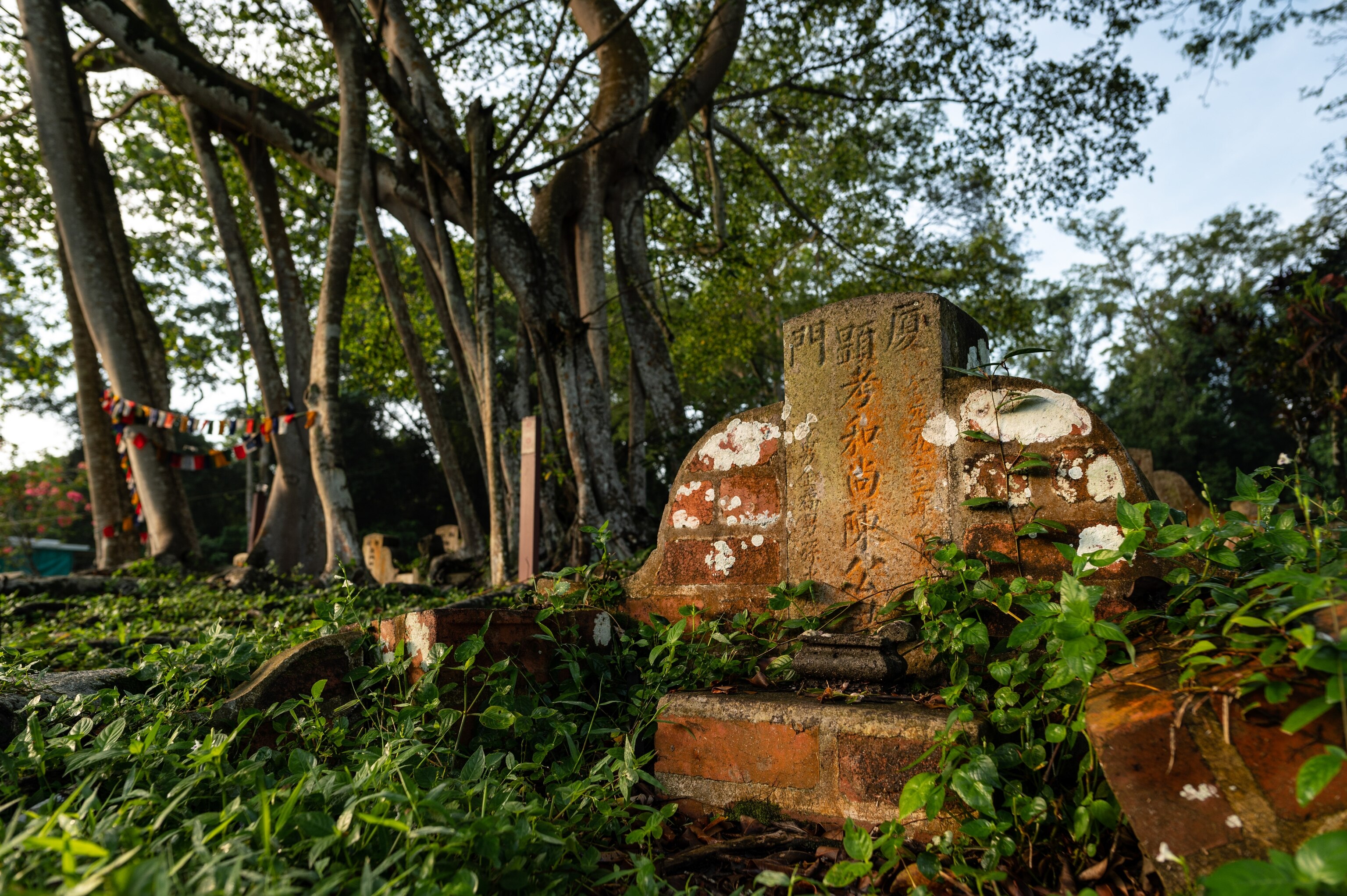
Bukit Brown Cemetery
Less than 15 minutes north of Singapore Botanic Gardens, Mejia came upon a different kind of unexpected nature—one steeped in the history of Singapore. More than 100,000 tombs were once laid to rest at the Bukit Brown Cemetery, which opened on Mount Pleasant in 1922. The gravestones ranged from humble to ornate, a reflection of the diverse background of Singapore’s early Chinese pioneers and immigrants. During Qingming Festival or Tomb-Sweeping Day in April, locals visit these graves, paying their respect to their ancestors with incense, candles, flowers, and food. And at other times of the year, the forest surrounding Bukit Brown is alive with migratory birds and nationally threatened species, including the white-bellied woodpecker and the changeable hawk-eagle. Amidst the ancient forest, Mejia was surprised to find a hiking trail that led to the “Avatar trees,” named for the 2009 blockbuster movie, towering over emerald-green shrubs.
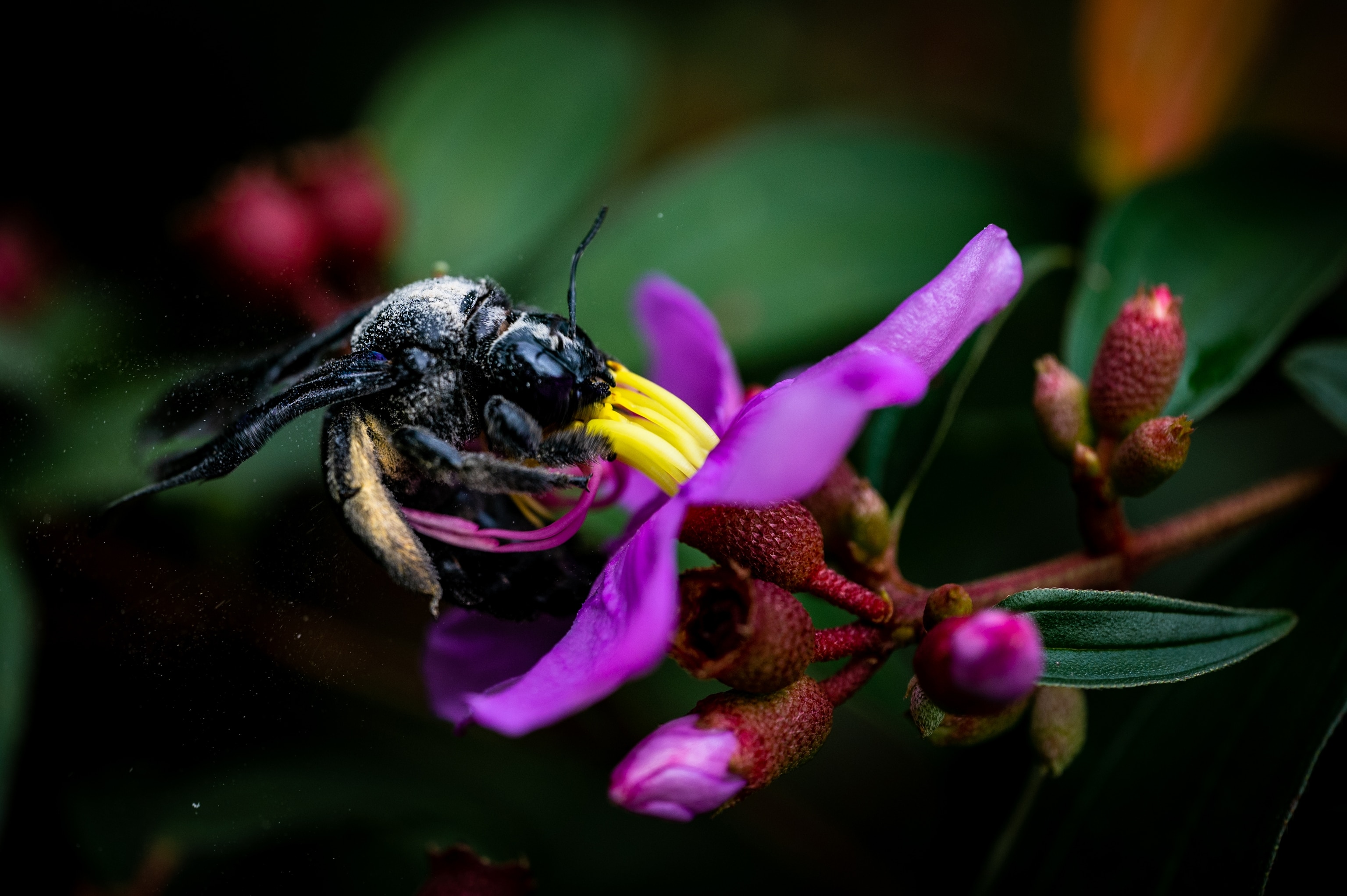
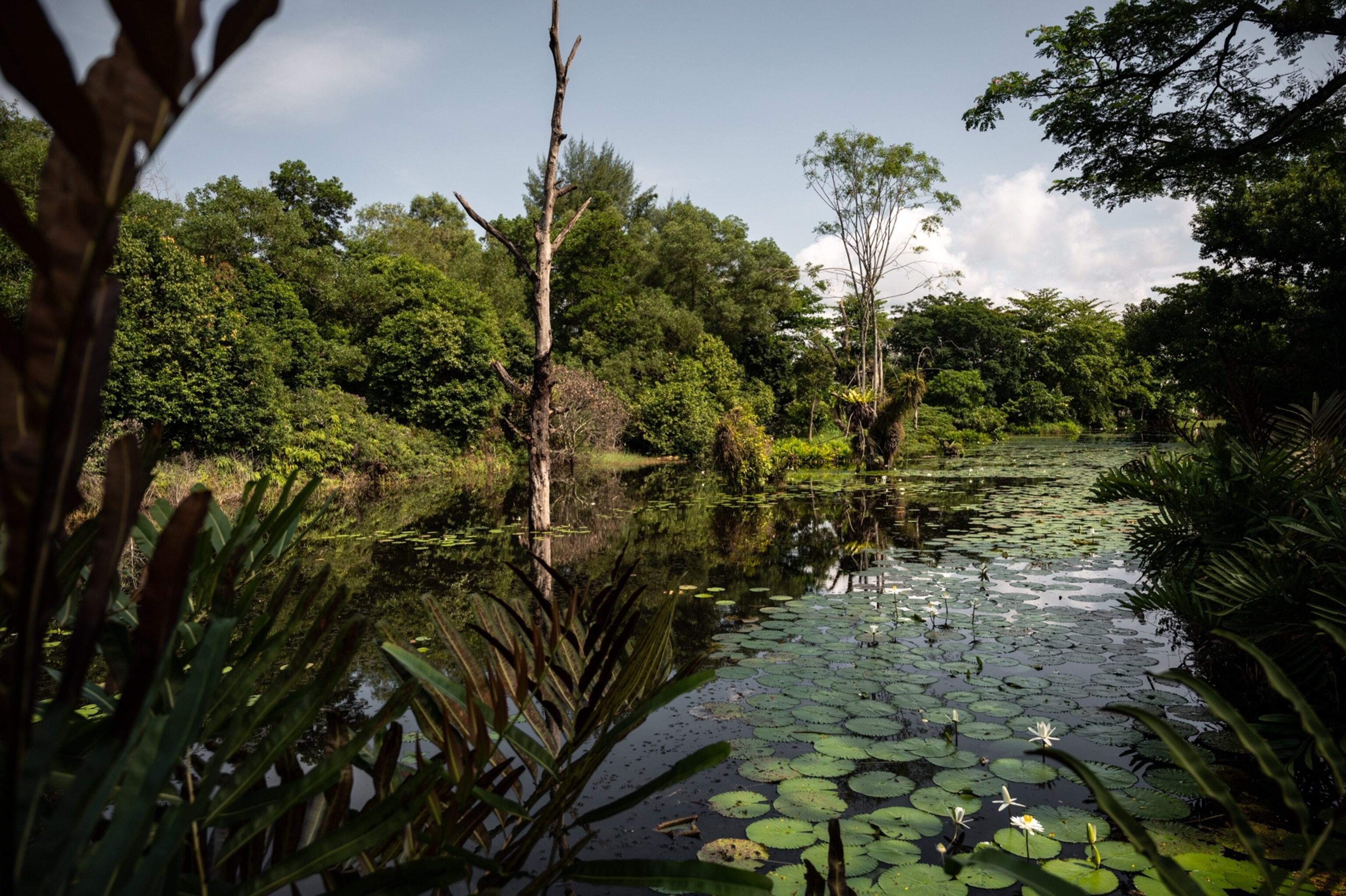
Hampstead Wetlands Park
In the northeast region of Singapore, Mejia wandered out from the Seletar Aerospace Park, an industrial park which houses hulking hangars and aviation facilities, and into Hampstead Wetlands Park, an enchanted, serene sanctuary for birds like buffy fish owls, barbets, and bee-eaters, as well as other wildlife that inhabit the freshwater ecosystem. The green spaces in the industrial estate look like they are straight out of a Monet painting, with water lily-blanketed pond, forested trails, and historic colonial houses.
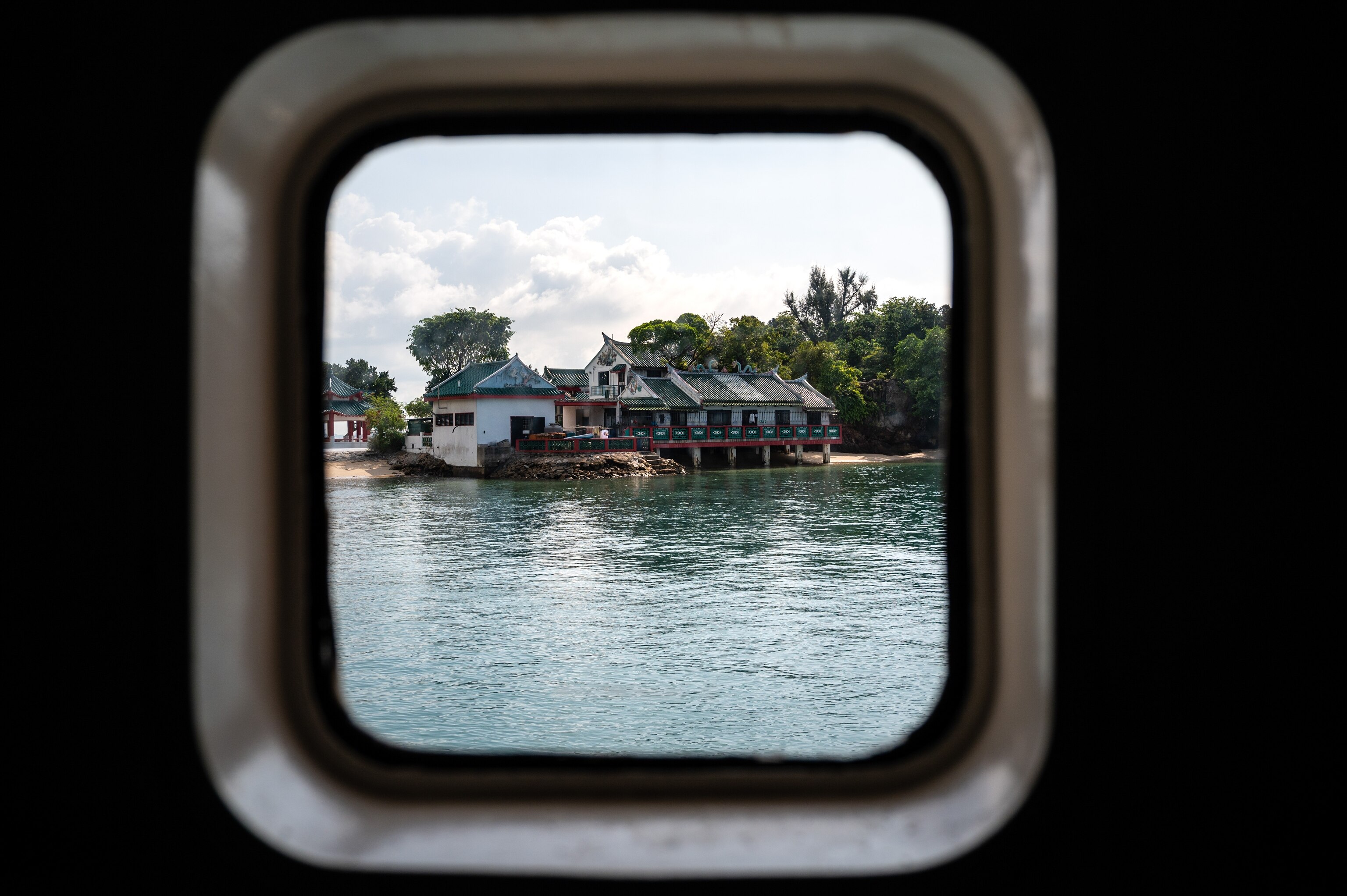
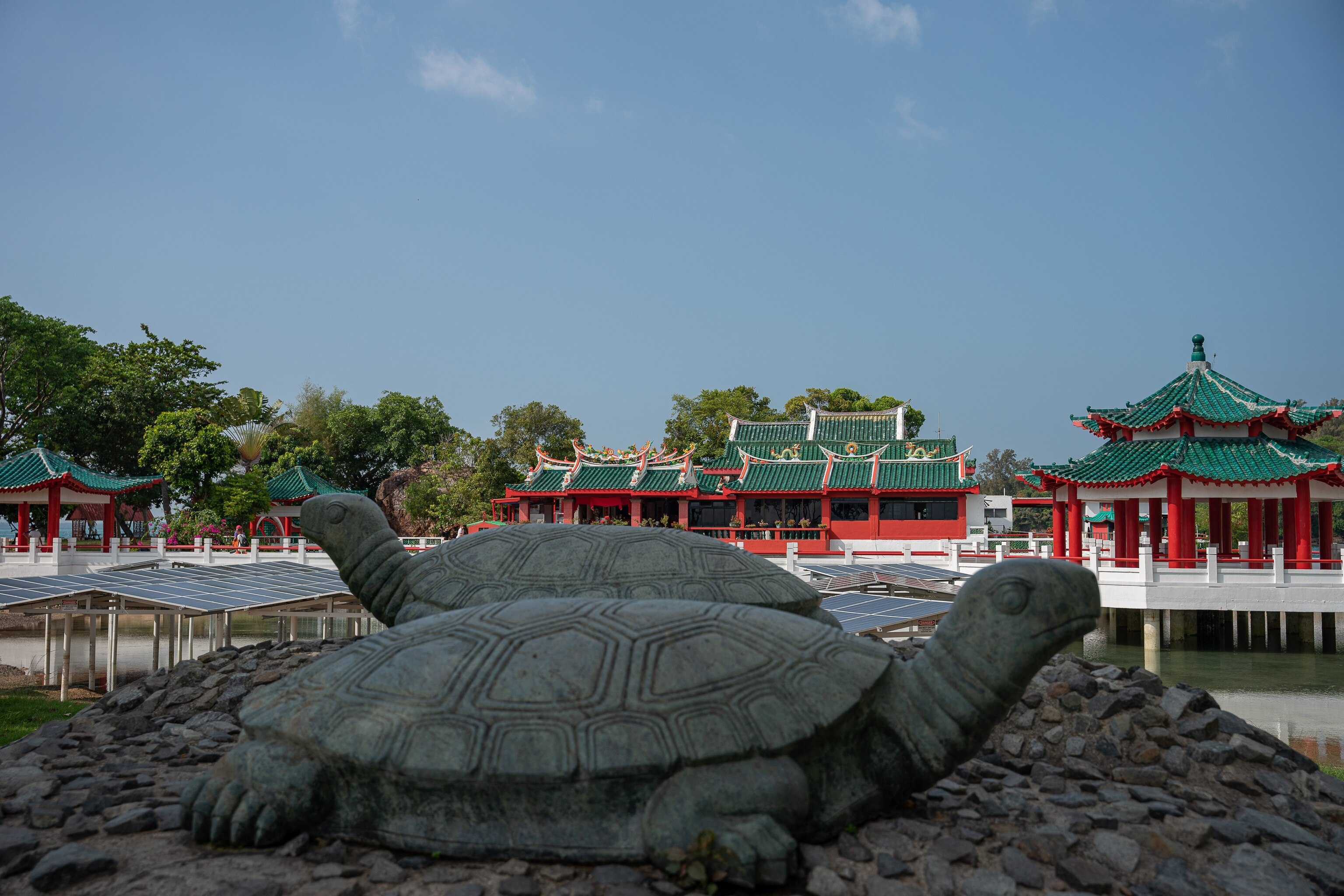
St. John’s Island and Kusu Island
While Singapore is known worldwide as a vibrant island city, the country actually consists of more than 60 satellite islands and islets, including St. John’s Island and Kusu Island. Once a quarantine zone for early immigrants, St. John’s has been transformed into a center for marine science and aquaculture research, while Kusu Island is home to two sacred religious sites, the Chinese Da Bogong Temple and the Malay keramats (shrines for holy figures). A short boat ride away, these islands are popular with day-trippers who want to hike the forested trails or relax in the powdery white-sand beaches. “The water here is in different shades of blue and you really feel like you’re in the tropics,” says Mejia. “And from the islands, you can see a different view of the landscape of Singapore.”
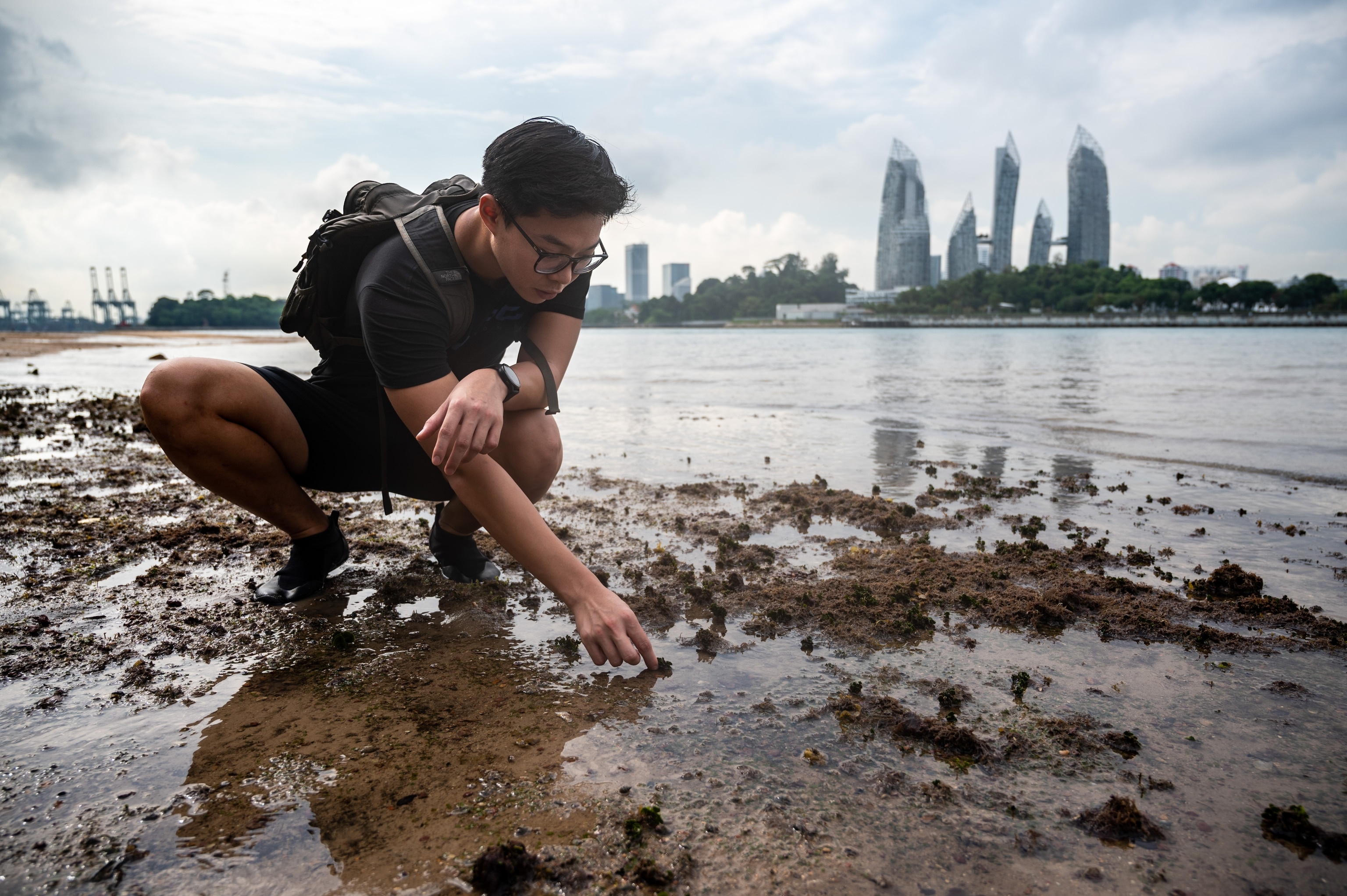
Tanjong Rimau Beach
Just before dusk, as the sun slowly dips into the horizon, the sky is awash in a cotton-candy hue and a hidden world beneath the ocean is unveiled. When the tides retreat at Tanjong Rimau beach in the western tip of Sentosa, sand gobies, clams, and hairy crabs emerge from the sand. Marine creatures thrive just meters away from some of the tallest buildings in Singapore. “You can see the coexistence of how Singapore was able to integrate preserving nature alongside rapid, upscale development,” Mejia says. “This two-way stream merges into a unique landscape called Singapore.” For a conservation photographer, Mejia was inspired to capture images of the harmony between nature and people, especially in a country with a reputation for modernity. “Before my visit to Singapore, I questioned if there was actually wildlife here,” he says. “What I found was that there are these unique places that prove that Singapore is just so much more.”
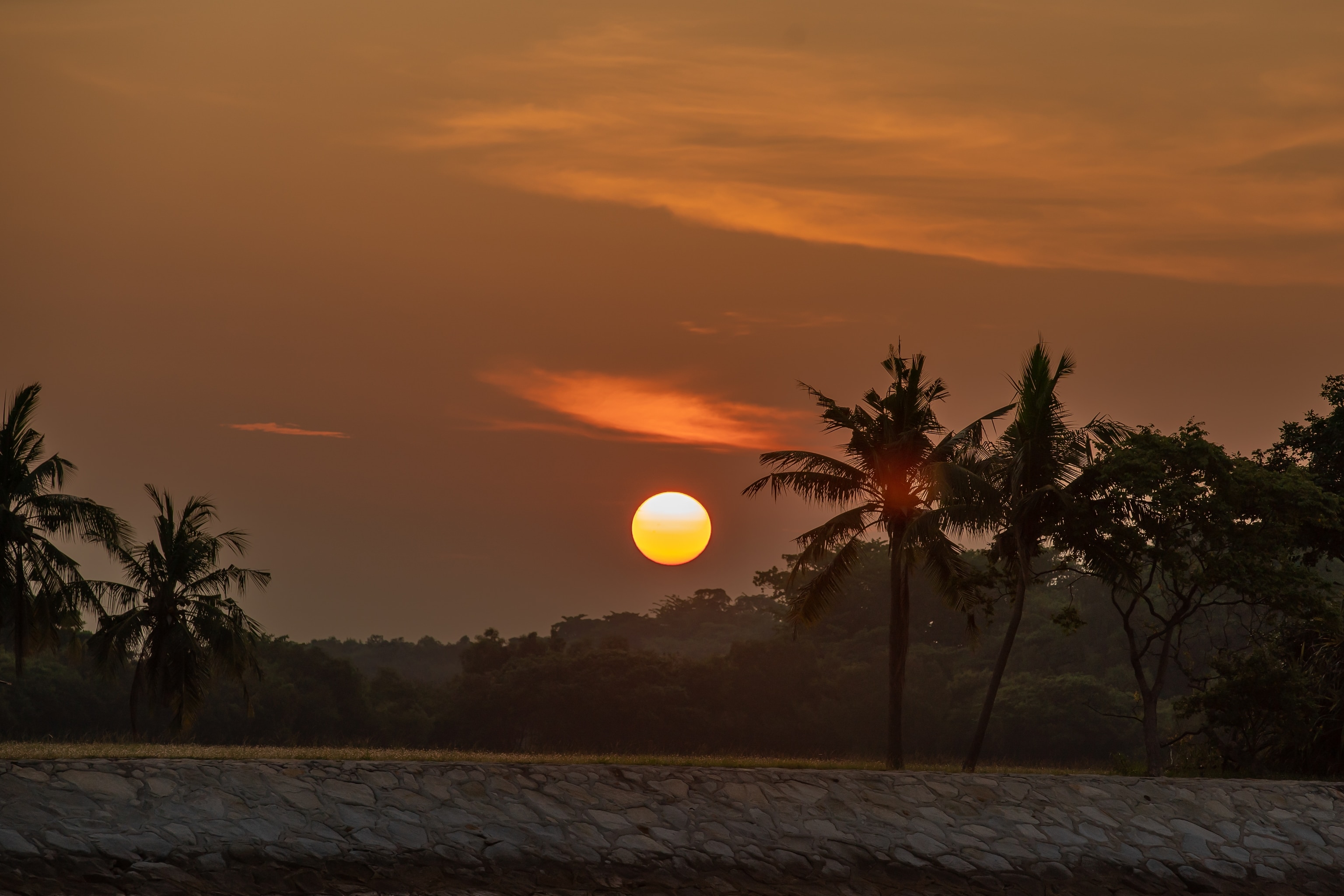
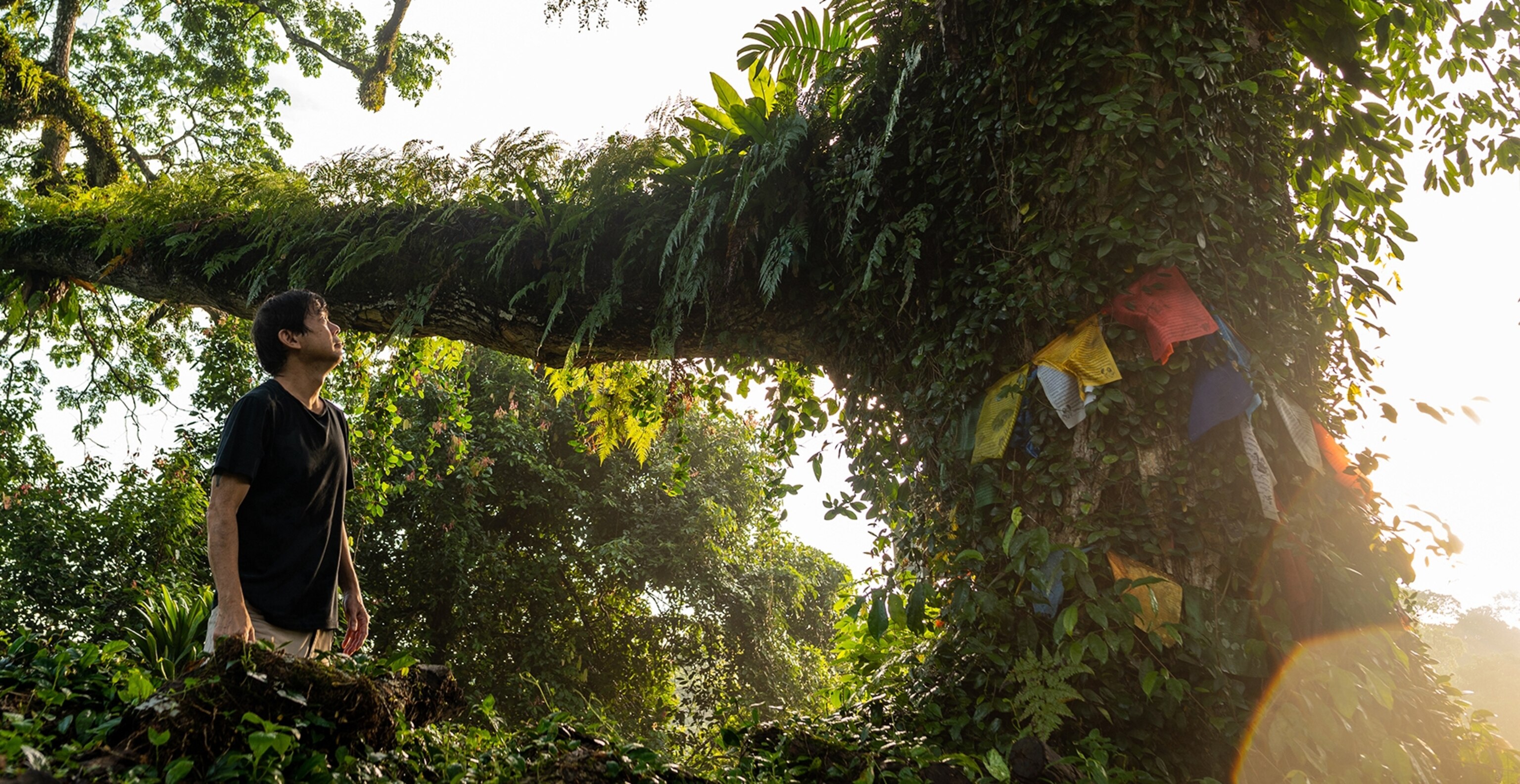
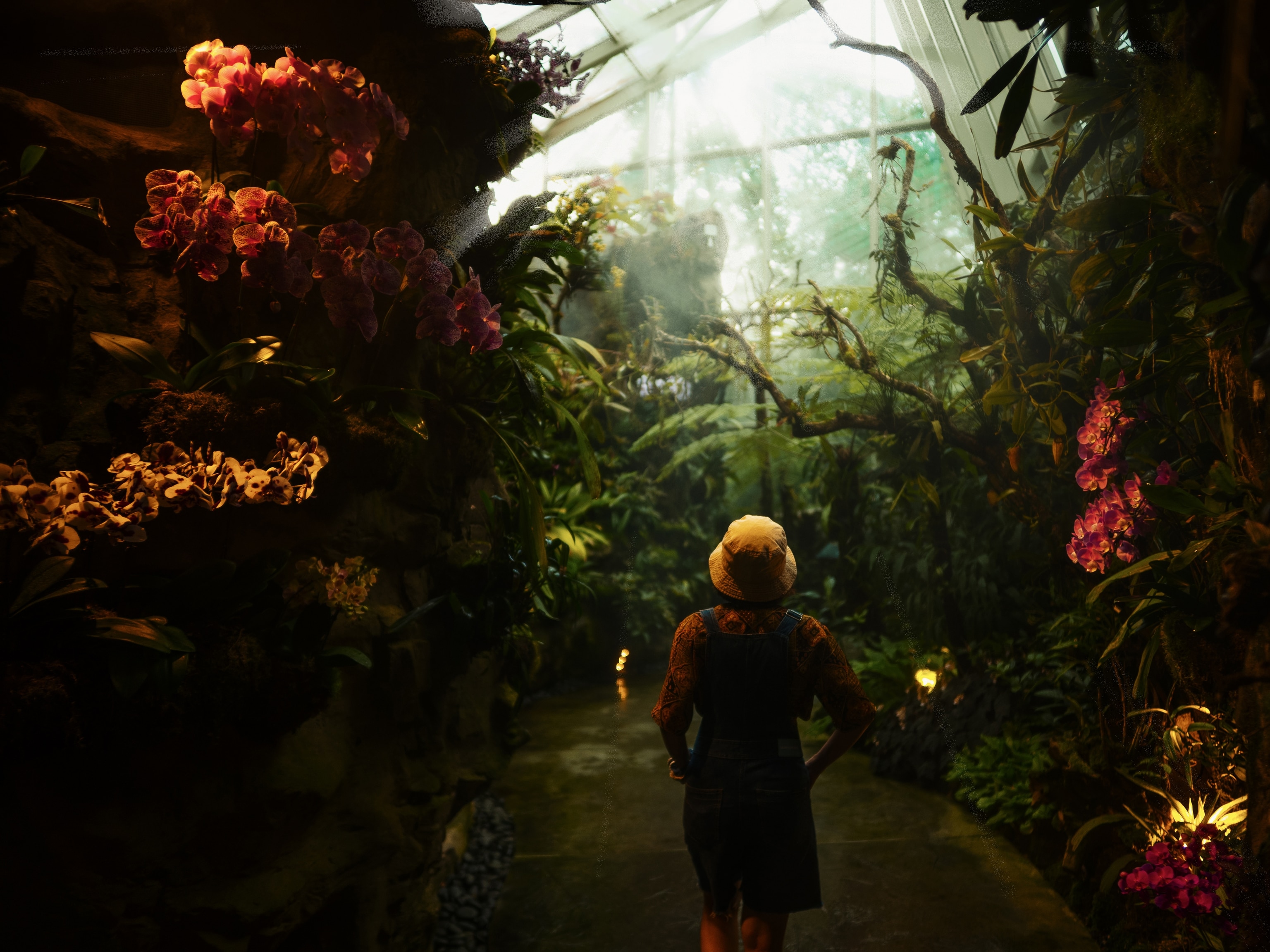
_4x3.jpeg)